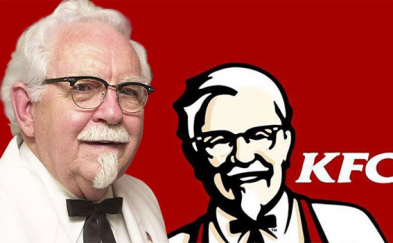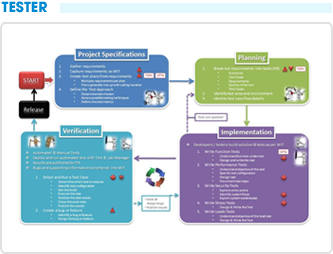024 38560777
Algorithm (Thuật toán)
Thuật toán , còn gọi là giải thuật, là một tập hợp hữu hạn của các chỉ thị hay phương cách được định nghĩa rõ ràng cho việc hoàn tất một số sự việc từ một trạng thái ban đầu cho trước; khi các chỉ thị này được áp dụng triệt để thì sẽ dẫn đến kết quả sau cùng như đã dự đoán.
Nói cách khác, thuật toán là một bộ các qui tắc hay qui trình cụ thể nhằm giải quyết một vấn đề trong một số bước hữu hạn, hoặc nhằm cung cấp một kết quả từ một tập hợp của các dữ kiện đưa vào.
Ví dụ: thuật toán để giải phương trình bậc nhất P(x): ax + b = c, (a, b, c là các số thực), trong tập hợp các số thực có thể là một bộ các bước sau đây:
Nếu a = 0
b = c thì P(x) có nghiệm bất kì
b ≠ c thì P(c) vô nghiệm
Nếu a ≠ 0
P(x) có duy nhất một nghiệm x = (c - b)/a
By English
In mathematics and computer science, an algorithm (Listeni/ˈælɡərɪðəm/ al-gə-ri-dhəm) is a step-by-step procedure for calculations. Algorithms are used for calculation, data processing, and automated reasoning.
An algorithm is an effective method expressed as a finite list of well-defined instructions for calculating a function. Starting from an initial state and initial input (perhaps empty), the instructions describe a computation that, when executed, proceeds through a finite number of well-defined successive states, eventually producing "output" and terminating at a final ending state. The transition from one state to the next is not necessarily deterministic; some algorithms, known as randomized algorithms, incorporate random input.
Though al-Khwārizmī's algorism referred to the rules of performing arithmetic using Hindu-Arabic numerals and the systematic solution of linear and quadratic equations, a partial formalization of what would become the modern algorithm began with attempts to solve the Entscheidungsproblem (the "decision problem") posed by David Hilbert in 1928. Subsequent formalizations were framed as attempts to define "effective calculability" or "effective method"; those formalizations included the Gödel–Herbrand–Kleene recursive functions of 1930, 1934 and 1935, Alonzo Church's lambda calculus of 1936, Emil Post's "Formulation 1" of 1936, and Alan Turing's Turing machines of 1936–7 and 1939. Giving a formal definition of algorithms, corresponding to the intuitive notion, remains a challenging problem.
Like Doanh nhân số







































